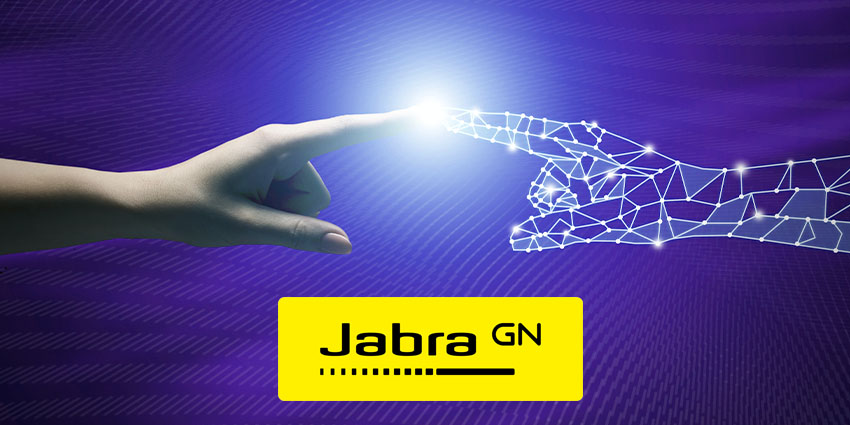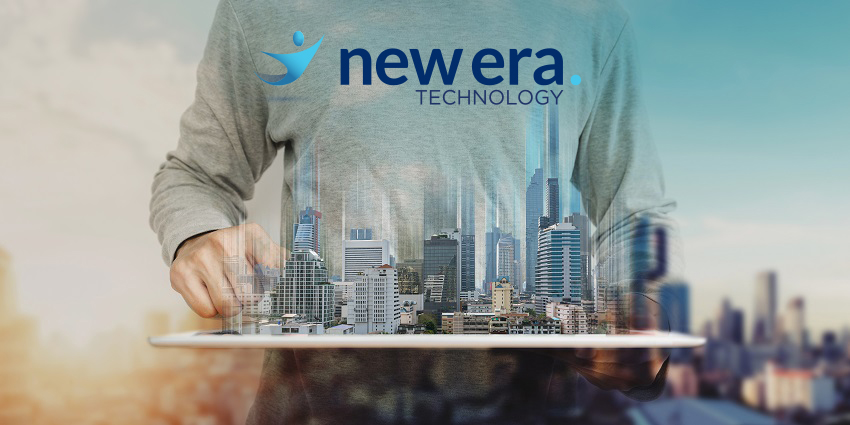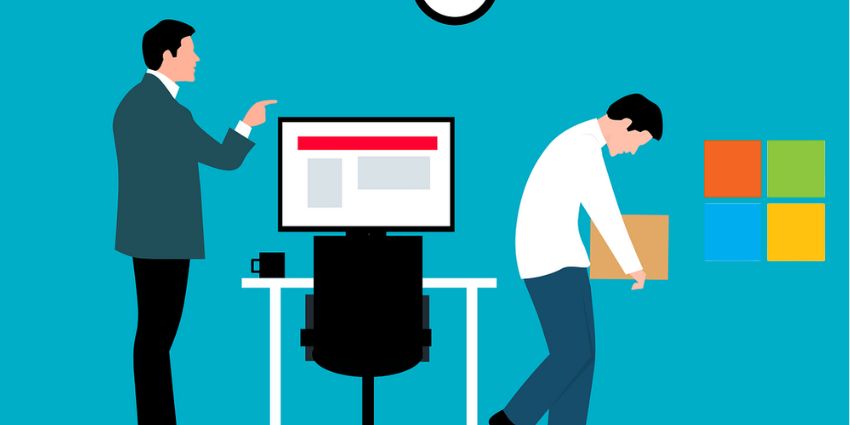Talk tech today and it’s not long before you’re talking human behaviour too.
The post-pandemic shift to a hybrid working model means we are all doing things differently.
We have been forced to grow used to virtual communication, remote working, and the lack of physical interaction.
Today, as the world slowly unlocks, how will business return to normal?
We know that the nature of work has changed forever and that you can now work anytime and anywhere.
And, with hybrid working, the physical HQ has been replaced with a virtual one.
That means video is a key requirement for teams to collaborate.
In short, if it isn’t at the centre of your entire strategy (whether supplier OR end user), you need to re-think, and fast.
“A year ago, everything changed,” says Aurangzeb Khan, Senior Vice President of Intelligent Vision Systems at global unified audio and video vendor, Jabra.
“We were all sent home from our workplaces and instructed to do our business virtually. It was a miracle that the world was able to keep going. Being able to physically see each other and observe body language and respond…that is surely what makes us human.
“We are now slowly returning to our offices, but meetings will never be the same. Virtual interaction will now always be a hugely important part of our lives and the main way in which the world does business. Video is key.”
Khan sees the critical importance of video and is expert in guiding organisations in its strategic design, procurement and integration.
He’s all about “pixel real estate” – the extent to which participants in a video conferencing call occupy the screen, and therefore contribute effectively (or not) to the conversation.
He explains that Jabra’s innovative and core 180 degree-view ‘PanaCast’ range of cameras provides users with an “inclusive and immersive experience”.
Everyone in the room (no matter how big, narrow or long) is in shot, and therefore on-screen.
“The PanaCast technology ensures that everyone in the meeting sees everyone else,” he says.
“Before, people who were not visible were ignored. We have democratised the video conference, at relatively low cost, to ensure it provides everyone with a natural connection and an equitable and inclusive experience. The brain likes that.”
Cameras in the PanaCast range do a whole bunch of other clever stuff too.
The field of view is automatically adjusted to just the right size so all meeting participants are included, whether it’s one person or many people spread all across the room.
If the number of meeting participants exceeds capacity limits (re: pandemic) an alert can be created.
Packed full of Artificial Intelligence, they can automatically optimise lighting in a meeting room (making participants look extra good); they can focus on the flow of conversation and automatically follow the speakers as the conversation flows around a room; they can create tailored, magnified screen panes; and they can integrate neat white board functionality for the ultimate in virtual collaborative working.
The technology is constantly evolving too: the back-end design wizards constantly engineering development tweaks to further improve user experience.
It’s the kind of kit that will grace the world’s better-designed, post-pandemic meeting rooms as video intensifies its impact on how we all do business.
That’s good news for end user organisations and their workforces, but of course it’s good news for channel resellers too.
Unsurprisingly, Jabra can provide huge pre-sales support and customer success stories.
“Video really is key now,” says Khan.
“The hybrid working model will see huge demand for it in physical office redesigns and of course remote working will continue simultaneously.
“The future looks great for those of us who will need to use it every day and it looks great for the world as a whole thanks to less travel and less CO2. We should all feel liberated”







